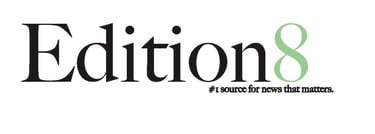By Edition8 Staff
Updated November 1, 2025
The United States has experienced a steady decline in college enrollment, signaling a shift in how Americans view higher education. According to data from the National Student Clearinghouse, undergraduate enrollment has fallen by over one million students since 2019. While some of the initial drop was driven by the COVID-19 pandemic, the trend has continued well into 2025.
Multiple factors are fueling this decline. Rising tuition costs and mounting student debt have made many young Americans reconsider the value of a traditional four-year degree. In addition, the growing popularity of trade schools, apprenticeships, and online certifications is reshaping career pathways, offering more affordable and practical alternatives to college.
The labor market is also playing a role. With employers in sectors like technology, construction, and healthcare placing greater emphasis on skills and experience rather than diplomas, more young people are entering the workforce directly after high school.
Community colleges, which traditionally serve as a more affordable entry point to higher education, have been especially hard hit. Enrollment in these institutions has plummeted, even as they work to expand programs and improve accessibility.
Meanwhile, colleges and universities are grappling with how to stay relevant. Many are rethinking degree programs, investing in online learning, and strengthening career services to attract students back.
As America redefines what it means to be “career ready,” the traditional college path may no longer be the default choice for the next generation.



